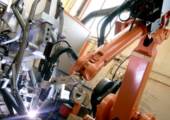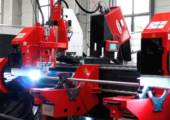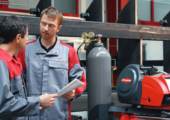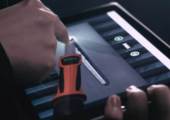-


在线留言
发送您的问题或需求,我们将尽快与您取得联系!
×
-
PRICE PRESSURE AS HARD AS STEEL
LIGHTNING-SPEED WELDING PROCESSES
07/27/2020
Not only is steel one of the oldest materials, it is also one of the most cost-effective. It is available inlarge quantities and a range of variants, most of which are easy to work. This makes steel an importantparent material in the automotive industry.
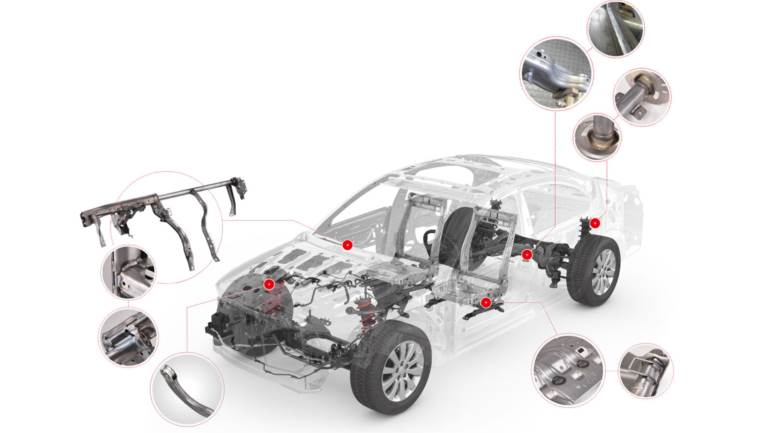
Components in automobile production, such as shock absorbers, axle supports, transverse links, and seat frames, are typically made of steel, while exhaust system components are frequently made of stainless steel. From a metallurgical point of view, the welding of steel and stainless-steel parts in automobile production is a relatively easy task. However, the production of these parts can still be challenging, since there are stringent requirements on quality in the automotive sector, and the component supply industry faces immense cost pressure. This is why maximum productivity is the chief priority. Joining requires high welding speeds coupled with a welding process that guarantees a minimal amount of rework.
Two welding processes developed by Fronius satisfy these demands: Low Spatter Control (LSC) and Pulse Multi Control (PMC). With the LSC dip transfer arc process, droplet transfer to the weld pool occurs at a low power level. The heat input into the component is therefore low and almost no spatter is created, saving time and money on rework. The digital control provided by the TPS/i power source results in a high level of control over the arc: The penetration stabilizer guarantees that the weld seam holds. It also ensures the welding current is consistent and the penetration is therefore constant when the welding torch is held at varying distances from the component.
PMC is based on a pulsed arc. The process is predominantly characterized by a high level of stability and a high deposition rate. In addition to the penetration stabilizer, PMC also boasts the arc length stabilizer. This keeps the arc constantly short, thereby ensuring a stable welding process – even at high speeds and with varying air gaps and material thicknesses. With this technology, parts suppliers can manufacture steel automotive components while achieving maximum levels of productivity.
-


 下载
下载
 会员中心
会员中心



 收起
收起

